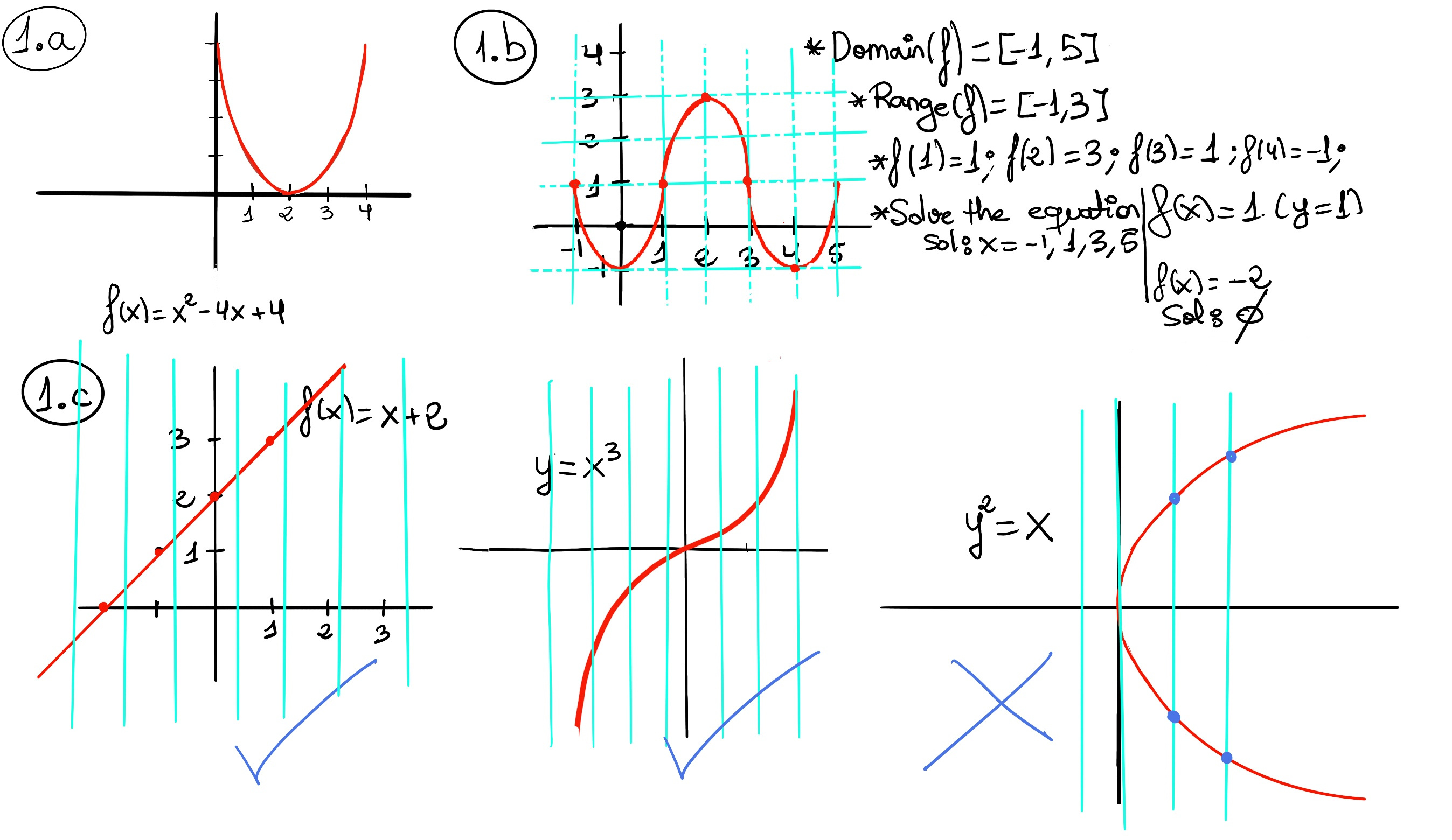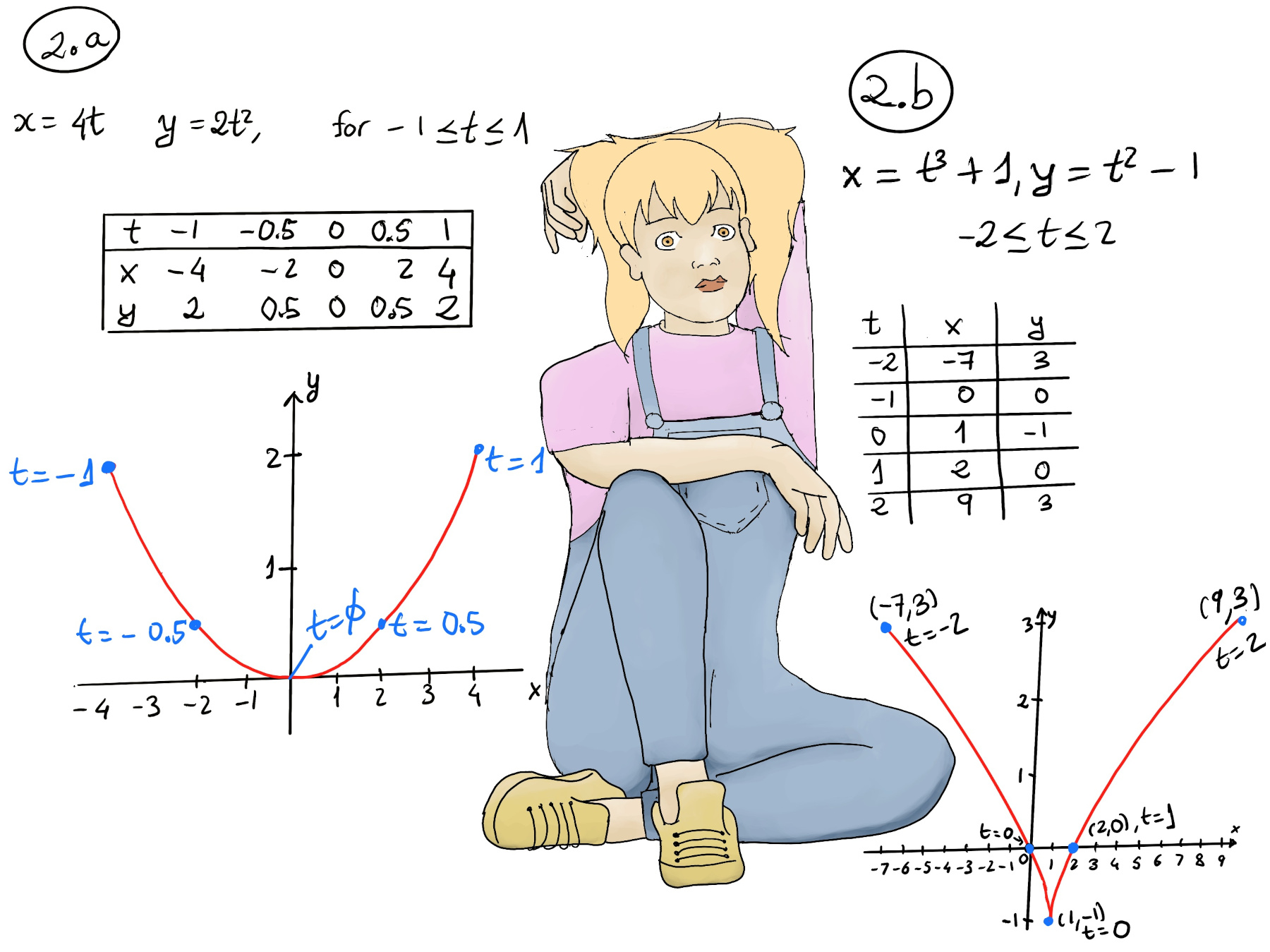
|
 |
 |
|
 |
I see in the fight club the strongest and smartest men who’ve ever lived. I see all this potential and I see squandering. God damn it, an entire generation pumping gas, waiting tables, slaves with white collars, advertising has us chasing cars and clothes, working jobs we hate so we can buy shit we don’t need. We’re the middle children of the history man, no purpose or place, we have no Great war, no Great depression, our great war is a spiritual war, our great depression is our lives, we’ve been all raised by television to believe that one day we’d all be millionaires and movie gods and rock stars, but we won’t and we’re slowly learning that fact. and we’re very very pissed off, Fight Club.
Definition. A function f is a rule, relationship, or correspondence that assigns to each element of one set (x ∈ D), called the domain, exactly one element of a second set, called the range (y ∈ E).
The pair (x, y) is denoted as y = f(x). Typically, the sets D and E will be both the set of real numbers, ℝ.
Let f be a function, a, b ∈ Domain(f). If a = b, then f(a) = f(b), e.g., f: ℚ → ℚ, f(p/q) = -p is not a function because f(1⁄2)=-1≠-2=f(2⁄4), but 1⁄2 = 2⁄4.
The domain of a function is the set of all inputs, in other words, it consists of all the elements for which f is defined on. The range of a function is the set of all outputs.

There are many was to represent a function:
| x | 1 | 2 | 3 | 4 | 5 | 6 | 7 |
|---|---|---|---|---|---|---|---|
| f(x) | 2 | 4 | 6 | 8 | 10 | 12 | 14 |
If a domain is not stated explicitly, the domain is the set of all numbers for which the expression makes sense and defines a real number, e.g., f(x) = x3 + 2x2 + 4, Domain(f) = ℝ; g(x) = $\sqrt{x-2}$, Domain(g) = ℝ - {x ≥ 2} = [2, +∞); h(x) = $\frac{2x+3}{x^2-x}+4,$ Domain(h) = (-∞, 0) ∪ (0, 1) ∪ (1, ∞). r(x) = $\frac{\sqrt{x}}{x^2 - x},$ Domain(r) = (0, 1) ∪ (1, ∞) = {x ∈ ℝ: 0 < x < 1 or x > 1}.

$f(x) = \begin{cases} x, &x ≥ 0 \\ -x, &x < 0 \end{cases}$
This is the absolute value or modulus module. The absolute |x| of a real number x is the non-negative value of x without regard to its sign. It is the distance of the number from zero on a number line.
$f(x) = \begin{cases} x + 1, &x > 0 \\ -2x + 2, &x < 0 \end{cases}$
The Fibonacci numbers are the numbers in the following sequence: 0, 1, 1, 2, 3, 5, 8, 13, 21, ···. By definition, the first two numbers in the Fibonacci sequence are 0 and 1, and each subsequent number is the sum of the previous two. In mathematical terms, F(n)= F(n-1) + F(n-2) where F(0) = 1 and F(1) = 1 (Case base).
The factorial function of a whole number, written as n!, is found by multiplying n by all the whole numbers less than it, e.g., 5! = 5·4·3·2·1 = 120, 4! = 4·3·2·1 = 24. In can also be defined recursively as n! = n·(n-1)!.

Another example is x = t3 + 1, y = t2 −1, −2 ≤ t ≤ 2 (Figure 2.b.). We can also eliminate the parameter t, y = t2 −1 =[t = (x-1)1/3] = $(x-1)^{2/3}-1.$
Integral representation. We can define a function using an integral. It is an integral expression describing the value of a function at a certain point via integration of a given function over a domain, e.g., f(x) = $\int_{0}^{x} e^{-t^2}dt,$ f(n) = $\int_{0}^{∞} x^ne^{-n}dx$ (This is the factorial function).
Series representation. It expresses the function as an infinite series, e.g., $e^x = \sum_{n=0}^\infty \frac{x!}{n!}$, cos(x) = $\sum_{n=0}^\infty \frac{(-1)^nx^{2n}}{(2n)!}$, sin(x) = $\sum_{n=0}^\infty \frac{(-1)^nx^{2n+1}}{(2n+1)!}$.
Evaluating a function means finding the value of f(x) that corresponds to a given value of x. Examples:
f(x) = $x^2-2x +4$, f(2) = 4 - 4 + 4 = 4, f(0) = 4, f(1) = 1 -2 +4 = 3.
| x | 1 | 2 | 3 | 4 | 5 | 6 | 7 |
|---|---|---|---|---|---|---|---|
| f(x) | 2 | 4 | 6 | 8 | 10 | 12 | 14 |

The vertical line test is a graphical method of determining whether a curve represents the graph of a function or not by visually examining the number of intersections of the curve with vertical lines. A vertical line needs to intersect the graph of a function at most at one point for it to represent a function.
Example: f(x) = x + 2, y = x3 are functions, but y2 = x ↭ y = $±\sqrt{x}$ is not a function (e.g., x = 4, y = ±2) -Figure 1.c-. The circle x2 + y2 = 9 is not a circle either.
